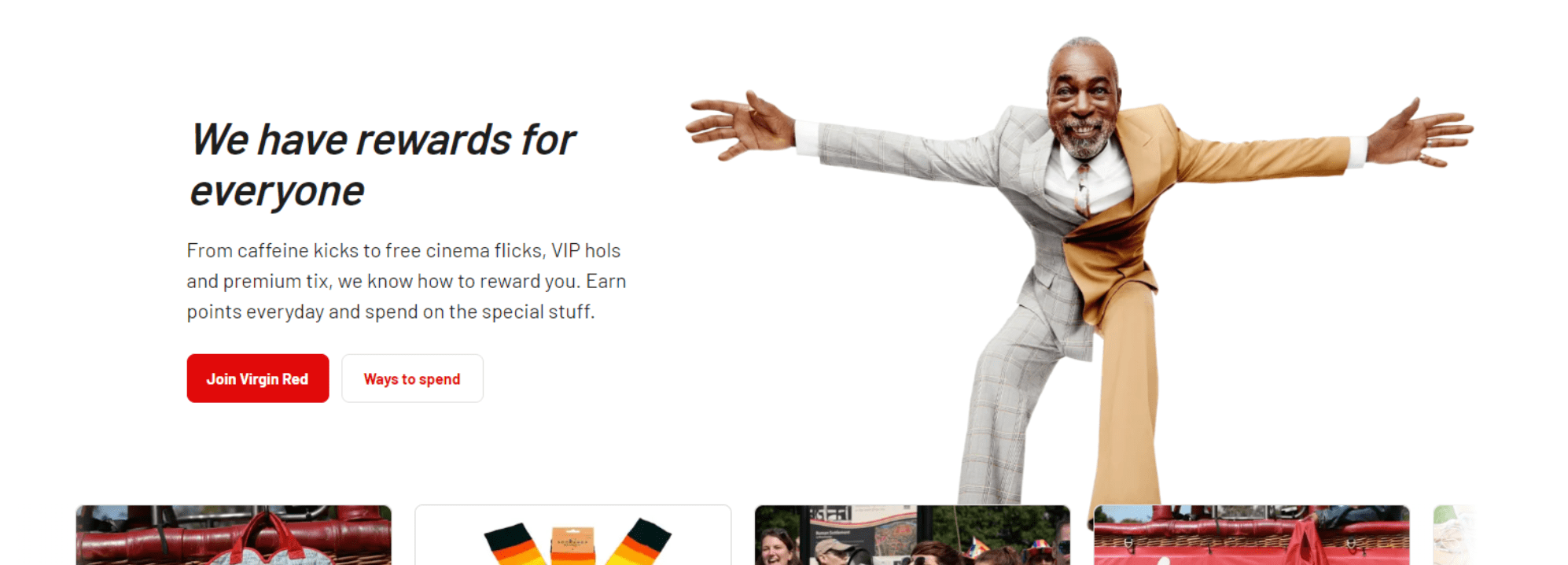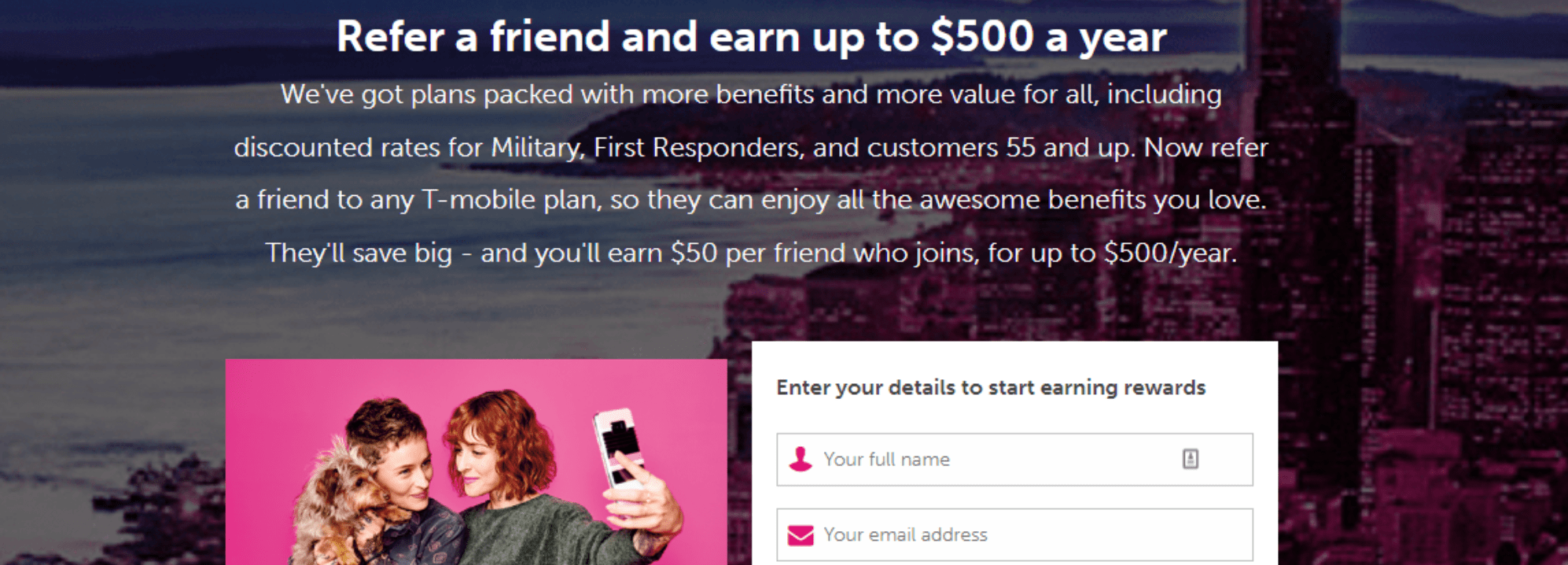Acquisition Channels
Methods, platforms, and strategies companies use to attract new fans, readers, and leads. The best channels for your business depend on your audience, resources, and overall strategy.
Acquisition Marketing
The implementation of strategies to market your products and services to new customers. It typically requires collaboration and alignment between marketing, and customer service teams.
Customer Acquisition
The process of onboarding new customers. The goal of this process is to create a systematic, sustainable strategy to encourage action, acquire new customers and grow business revenue.
Customer Churn (customer attrition/turnover)
The percentage of customers that peel away from your business and opt out of your products or services.
Customer Lifetime Value
The estimated net profit that an individual or business will provide over their lifetime as a paying customer.
Double Jeopardy
A phenomenon that shows that brands of different sizes have greatly varied customer numbers, yet similar relative loyalty. It emphasises that loyalty is a function of brand size and that it’s normal for smaller brands to have fewer brand buyers who're slightly less loyal than customers of larger competitors.
First-Party Data
Data from your audience. You passively collect first-party data via your brand's properties – social media, point-of-sale, website/app visitors, and data that aggregates into your CRM. Customers implicitly provide consent to first-party data collection when they engage with a brand.
Zero-Party Data
Data your customer proactively shares. Zero-party data is anything a customer intentionally and proactively shares with a brand. It can include delivery preferences, purchase intentions, personal context, or how the customer wants the brand to recognize them.





-min.png?width=1400&height=600&name=Untitled%20design%20(9)-min.png)


